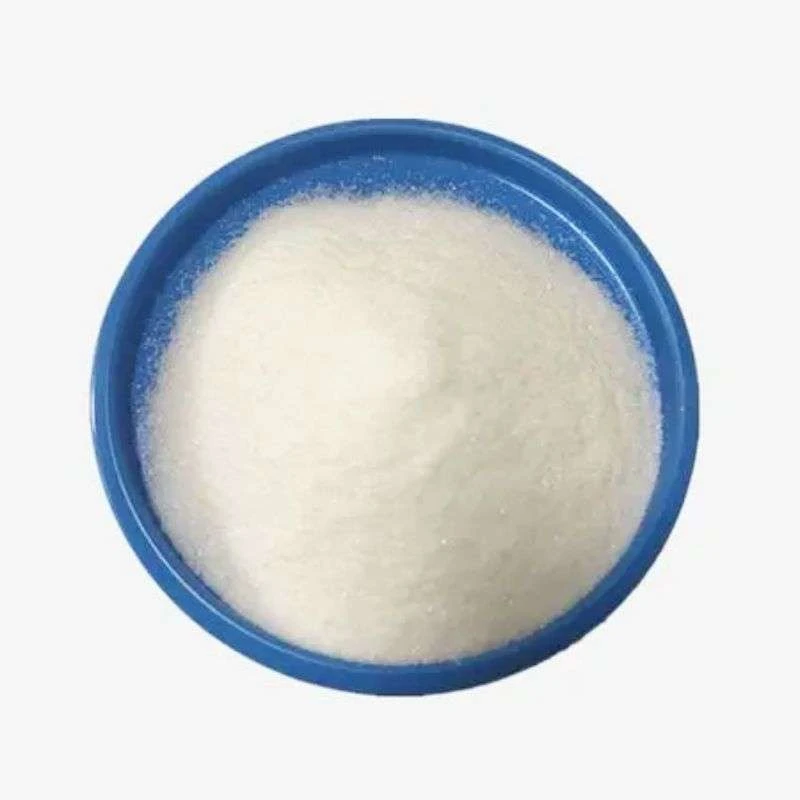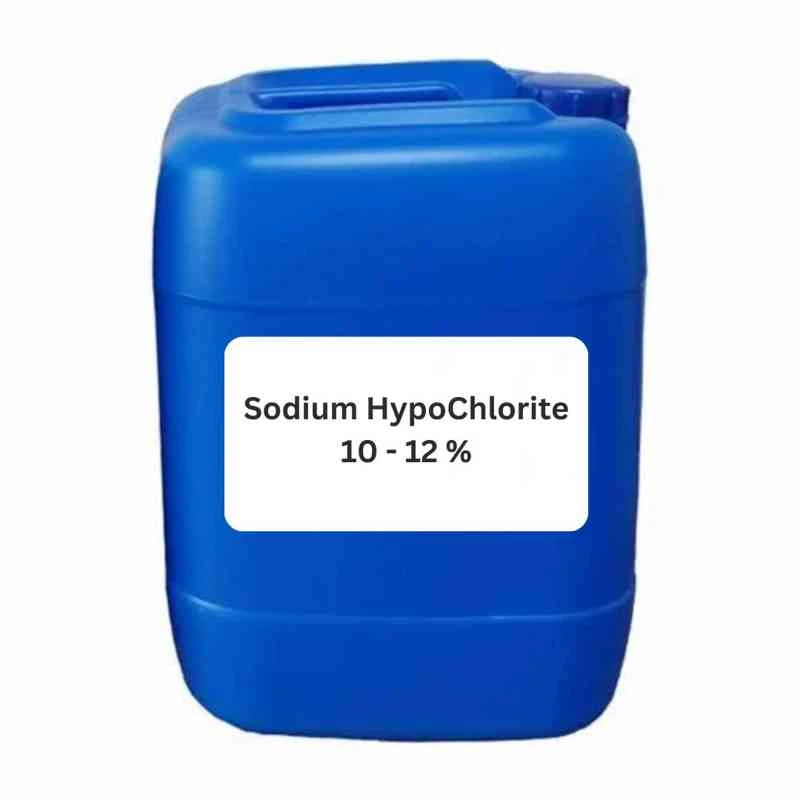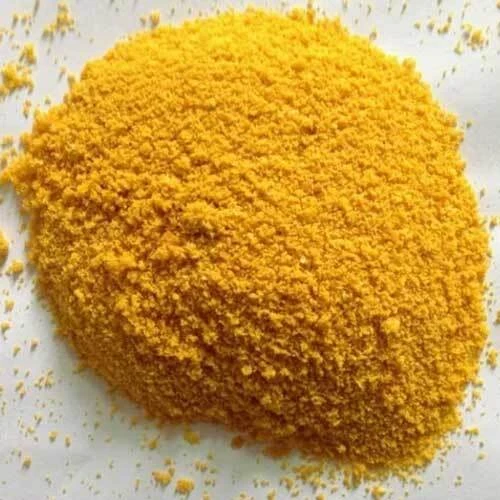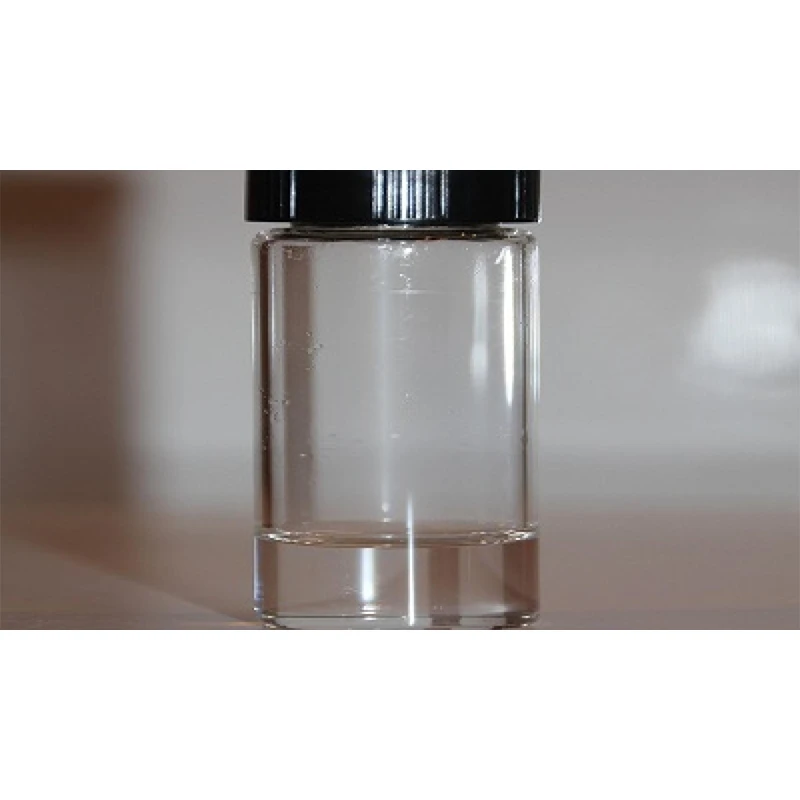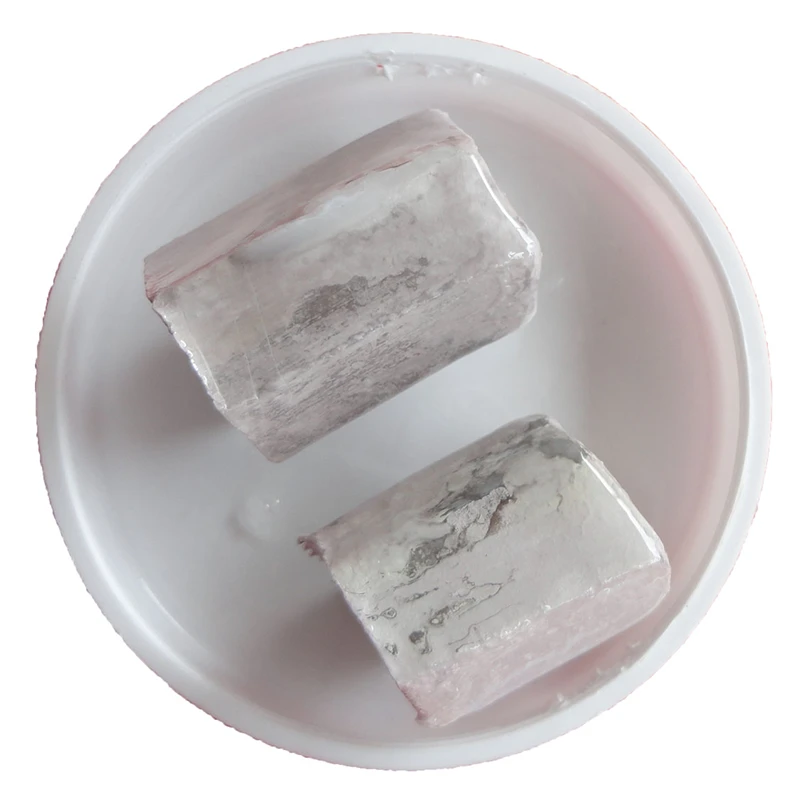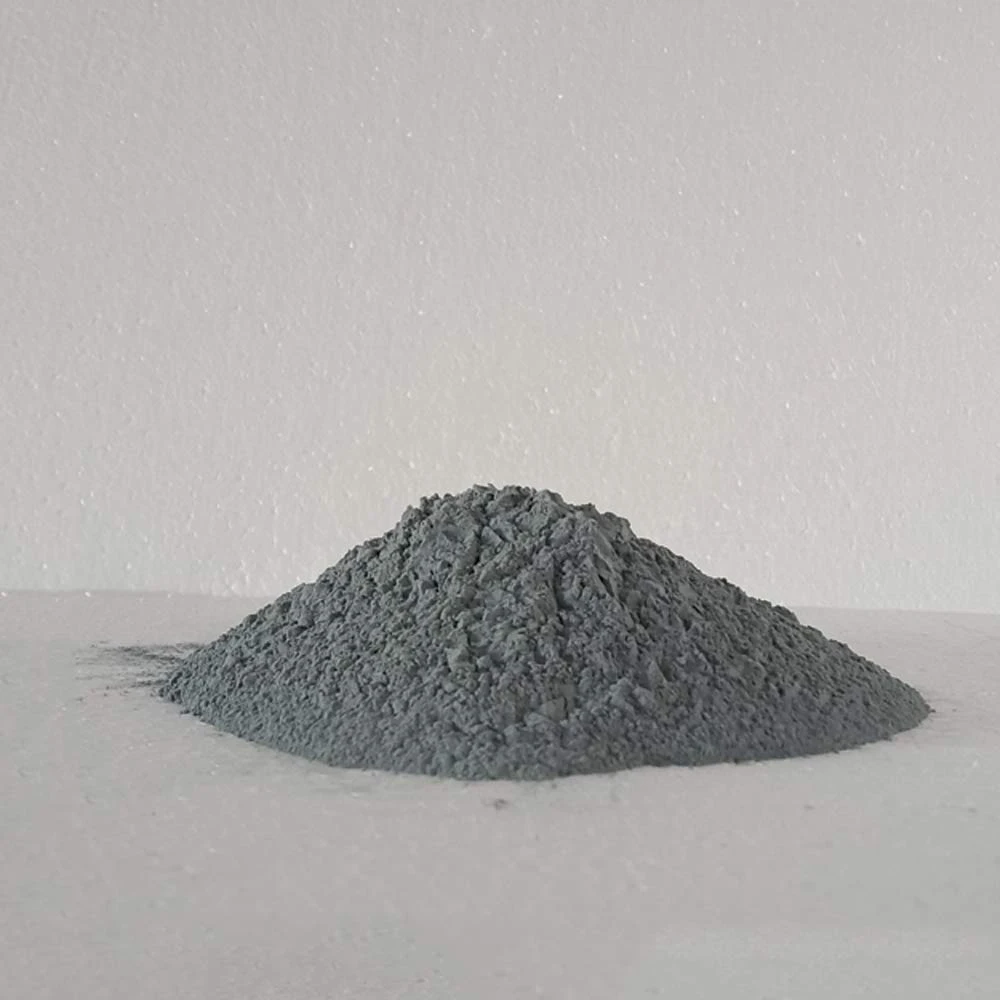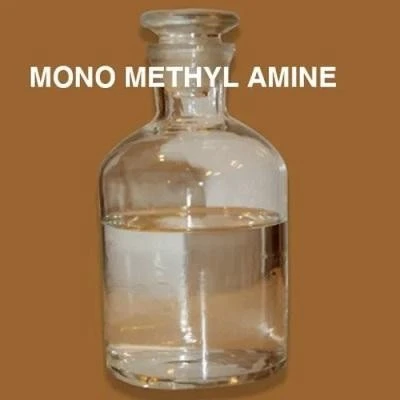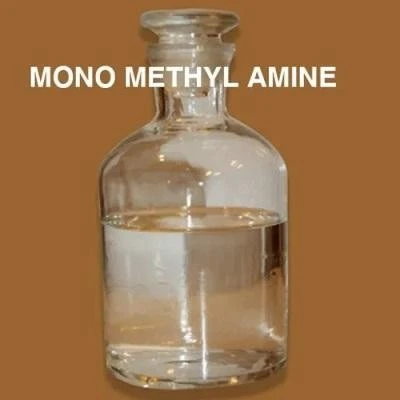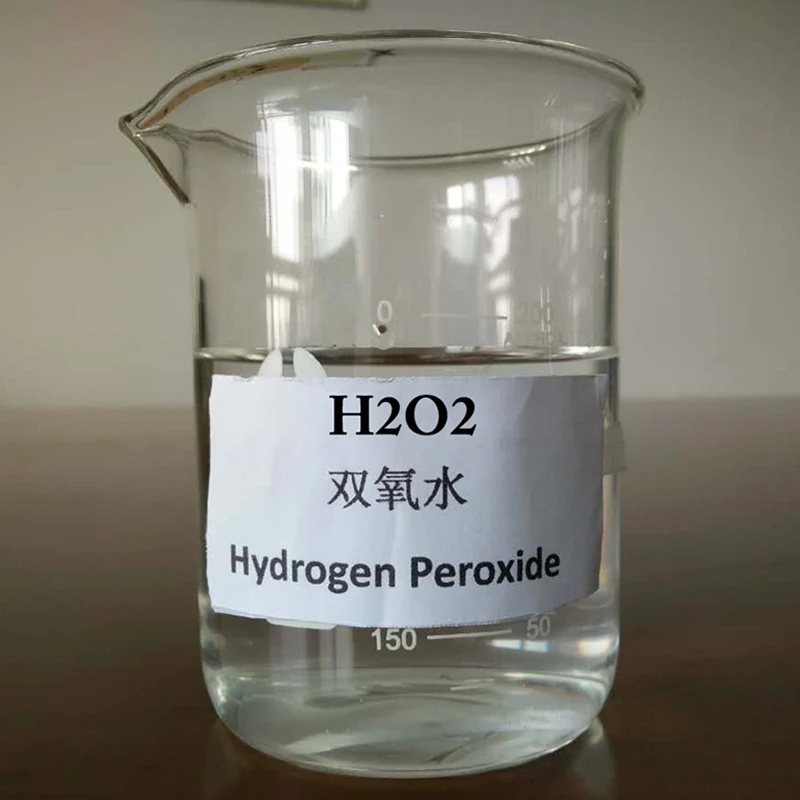As fungicidal resistance and environmental compliance become critical concerns, pyraclostrobine—a strobilurin-class fungicide—stands out for its superior efficacy, innovative formulations (pyraclostrobin 20 WG & 25 SC), and adaptability across agriculture, horticulture, and turf protection. This deep-dive explores pyraclostrobine’s production, technical specifics, industry trends, comparative advantages, and showcase cases to enable data-driven decision-making.
Industry Trend & Demand: pyraclostrobine in Focus
- Global Demand Surge: CAGR of 8.2% (2020–2024) driven by rising resistance management needs and climate-adapted crop protection.
- Regulatory Updates: Modern pyraclostrobine factories adhere to ISO 9001:2015 and relevant EPA harmonization for field application.
- Eco-Innovation: Enhanced pyraclostrobin 25 SC (Suspension Concentrate) reduces environmental impact by up to 24% due to lower drift and runoff risk.
- Synergy: Adoption alongside SDHI and triazole partners supports sustainable integrated management in EU and Asia-Pacific.
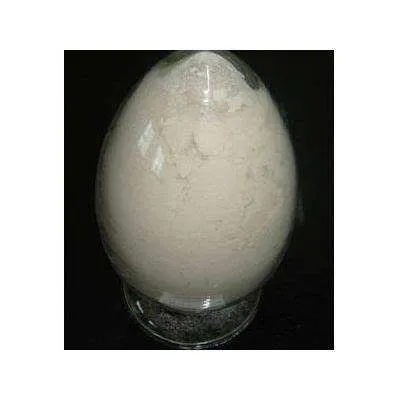
Technical Parameter Comparison Table
| Parameter | pyraclostrobine (AI) | pyraclostrobin 20 WG | pyraclostrobin 25 SC |
|---|---|---|---|
| Active Ingredient (%) | ≥98 | 20 | 25 |
| Formulation Type | Technical powder | Water Dispersible Granule (WG) | Suspension Concentrate (SC) |
| MoA (Mode of Action) | QoI (Complex III Inhibitor) | QoI (Same) | QoI (Same) |
| Solubility in Water (mg/L, 20°C) | 2.9 | n/a (formulation) | n/a (formulation) |
| pH Stability | Stable 4–9 | 7 (neutral solution) | 6–8 (buffered) |
| Median Particle Size (μm) | n/a | 2–5 | 1–3 |
| Application Rate (g AI/ha) | n/a | 100–200 | 80–150 |
| Suspensibility (%) | n/a | >98 | >99 |
| ISO Registration Compliance | Yes (ISO 1750:2015) | Yes | Yes |
| Field Re-Entry Period (h) | 48 | 24 | 12–24 |
| Storage Life (months) | 36 | 24 | 24 |
| Corrosion/Residue Level | Nil | Nil | Nil |
| Typical Packaging | 25kg, drum | 1kg, 5kg, foil bag | 1L, 5L, HDPE bottle |
Manufacturing Process Flow of pyraclostrobine
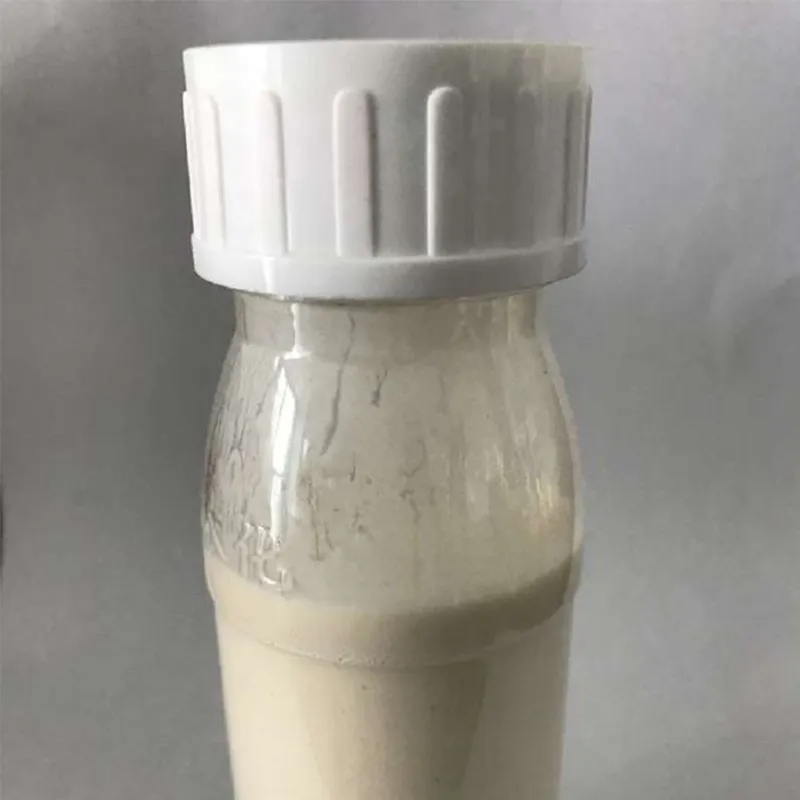
- Raw materials: Methyl o-toluate (>99.5% purity), cyanohydrins
- Process controls: In-line HPLC and GC-MS for purity & stability
- Final QA: Random batch sampling as per ISO/IEC 17025 Capabilities
Product Material, Craft, Standards & Industry Application
- Core Material: Organic molecule, C19H18ClN3O4 (Molecular Weight: 387.82)
- Craft: Fully automated, GMP-certified synthesis, high-shear mixing granulation (WG), high-pressure homogenization (SC).
- Key Standards: ISO 9001:2015 (QMS), ISO 1750:2015 (Technical Grade), EPA Registration, OECD GLP (Toxicology), ANSI/ASTM E1655.
- Durability: Minimum 2-year shelf life verified by accelerated stability testing (40°C/75%RH, 12 weeks, ΔAI <2.5%).
- Industry Usage: Pyraclostrobine is broadly deployed in:
- Row-crop farming (soybeans, wheat, corn, rice)
- High-value horticulture (orchards, vegetables, grapes)
- Industrial turfgrass & landscaping
- Tree plantations, forestry disease management
- Advantages: Superior QoI activity, rapid systemicity, low phytotoxicity, compatibility with nozzles/pumps, minimal corrosion, consistent rainfastness and minimal residue.
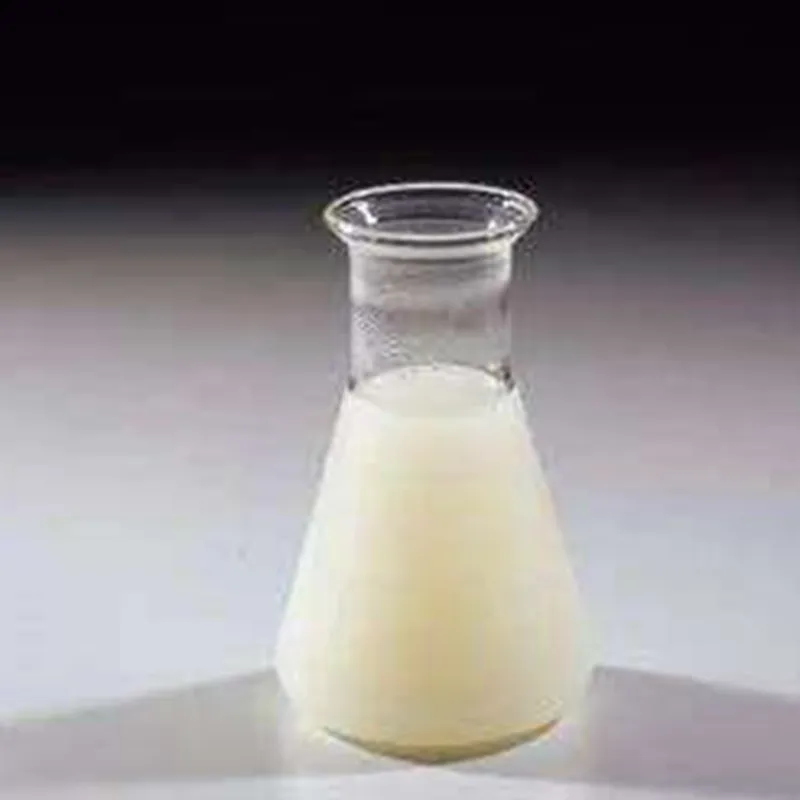
Manufacturers Comparison: Quality, Certification, Service
| Supplier | Formulations | Certifications | Delivery Cycle | Key Clients | After-sales/Support |
|---|---|---|---|---|---|
| DfChempest | 20 WG, 25 SC, 98% TC | ISO 9001, ISO 14001, EPA, SGS, REACH | 10–18 days | SinoAgro, Syngenta India, Amcor | 24/7 agronomist hotline, on-site training, 2-year warranty |
| BASF | 20 WG, 25 SC | ISO 9001, ISO 14001, GLP | 18–25 days | ADM, Bayer, International B2Bs | Standard technical line, digital support |
| Syngenta | 20 WG, 98% TC | ISO, EPA | 14–21 days | Wilmar, APAC Distributors | Email, field clinics |
| Sinochem | 25 SC | ISO, CCC | 15–22 days | Local Co-ops, CHN Exporters | Standard warranty |
Custom Pyraclostrobine Solutions: From Formula to Application
Leveraging modular production, DfChempest offers tailored solutions spanning:
- Optimized particle size distribution for sprayer compatibility (micronized for aerial drones, coarser for ground rigs)
- Low-foam, buffer-stabilized 25 SC for vegetables, fruit trees with irrigation integration
- Wettable granule matrixes (20 WG) matched to local water hardness, reducing nozzle clogging
- Multi-active blending (SDHI, triazoles) as per local resistance baseline analysis
- Biodegradable packaging and eco-loaders for Sustainability Initiatives
A custom 25SC + SDHI cocktail (yield-enhanced):
Yield increase: +5.2% vs. conventional protection
Application cycles: Down from 4 to 2.5 per season (annualized cost saving: $53/ha)
Feedback: “Notable disease knockdown and lasting effect even under high humidity.” —Agronomist, Long An province
Contact DfChempest Solutions Team for a formulation demo or custom application advisory.
Application Scenarios & Real-World Case Studies
- Cereal crops: Pyraclostrobine delivers visible yield and quality gains in wheat and corn, with demonstrated improved green-leaf retention 18 days post-application (peer-reviewed backing, see Sciencedirect, 2015).
- Vegetables & fruits: Efficacy against Alternaria, anthracnose, and powdery mildew, less residue detected at harvest (
- Turf & ornamentals: Quick systemic translocation, rainfast within 3 hours, verified by USGA field trials.
- Industrial plantations: Multi-site protection; evidence of >20% reduction in black rot and stem blight in tree nurseries (CITE: Plant Disease, 2019).
FAQ: Technical & Application Questions on pyraclostrobine
Delivery, Warranty & Customer Support
- Standard Delivery Cycle: 10–18 working days (ex-factory), expedited options available per region.
- Warranty: 24 months shelf-life guarantee, full refund/replace if technical pyraclostrobine content falls below ISO 1750 spec in unopened container111s.
- Customer Support: Global 24/7 technical hotline, remote training, and on-site agronomist support for major clients.
- MSDS & Registration: Supplied in English; local CIB, EPA, or REACH dossier support.
Industry Recognition, Certification & References
- Referenced in EU Commission’s 2021 fungicide regulation amendments (COM/2021/308)
- Cited in US EPA Pesticide Chemical Search (PC Code 129102)
- Tested by SGS, Intertek, and third-party GLP labs for product homogeneity, residue, and environmental impact.
- Collaborative projects with SinoAgro, GIZ (German Agency for International Cooperation), Syngenta.
- Continuous research published at ScienceDirect and APS Journals



